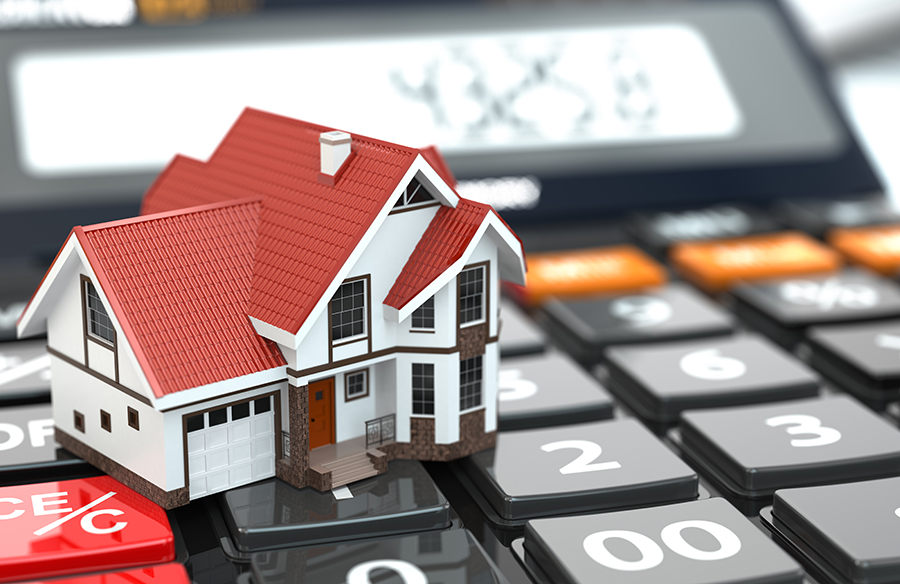What is a Property Tax?

A property tax (or millage tax) is a levy on property that the owner is required to pay. The tax is levied by the governing authority of the jurisdiction in which the property is located; it may be paid to a national government, a federated state, a county or geographical region, or a municipality.
Multiple jurisdictions may tax the same property. This is in contrast to a rent and mortgage tax, which is based on a percentage of the rent or mortgage value.
There are four broad types of property: land, improvements to land (immovable man-made objects, such as buildings), personal property (movable man-made objects), and intangible property. Real property (also called real estate or realty) means the combination of land and improvements.
Under a property tax system, the government requires and/or performs an appraisal of the monetary value of each property, and tax is assessed in proportion to that value. Forms of property tax used vary among countries and jurisdictions. Real property is often taxed based on its classification. Classification is the grouping of properties based on similar use. Properties in different classes are taxed at different rates.
Examples of different classes of property are residential, commercial, industrial and vacant real property. In Israel, for example, property tax rates are double for vacant apartments versus occupied apartments.
A special assessment tax is sometimes confused with property tax. These are two distinct forms of taxation: one (ad valorem tax) relies upon the fair market value of the property being taxed for justification, and the other (special assessment) relies upon a special enhancement called a “benefit” for its justification.
The property tax rate is often given as a percentage. It may also be expressed as a per mil (amount of tax per thousand currency units of property value), which is also known as a millage rate or mill (which is also one-thousandth of a currency unit). To calculate the property tax, the authority will multiply the assessed value of the property by the mill rate and then divide by 1,000.
For example, a property with an assessed value of $50,000 located in a municipality with a mill rate of 20 mills would have a property tax bill of $1,000 per year.
